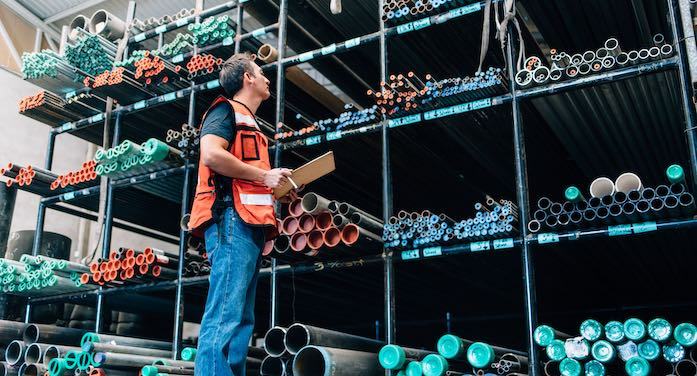Just-in-time vs. just-in-case inventory
Just-in-time manufacturing has a sister philosophy called just-in-case inventory (JIC). With JIC inventory, businesses store large safety stocks to hedge against the risk of stockouts, uncertain demand, and difficult to acquire items. This helps prevent backorders and stockouts, which allows for high service levels and increased revenues.
For example, in October 1998, Dole Food Company lost 70% percent of its acreage in Central America due to Hurricane Mitch. They had no just-in-case inventory strategy in place and lost over $100 million due to supply interruptions.
One of Dole’s competitors, Chiquita Brands, also had similar supply interruptions in Central America. Still, they were able to meet demand by increasing productivity in other locations and purchasing inventory from other producers in the region—their revenue grew by 4% in the fourth quarter of 1998.
Just-in-case inventory has its downsides, though, with high inventory costs that can eat into profits, as well as increased spoilage and obsolescence of inventory. Businesses that depend on scarce raw materials or natural resources, like minerals or agriculture, benefit from JIC inventory and retail companies that rely on seasonal sales periods.














